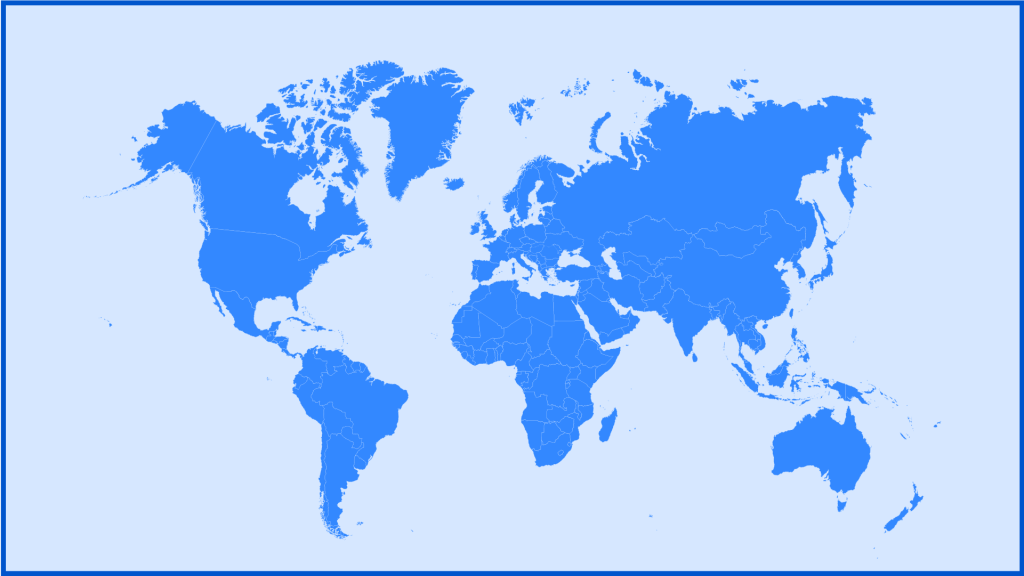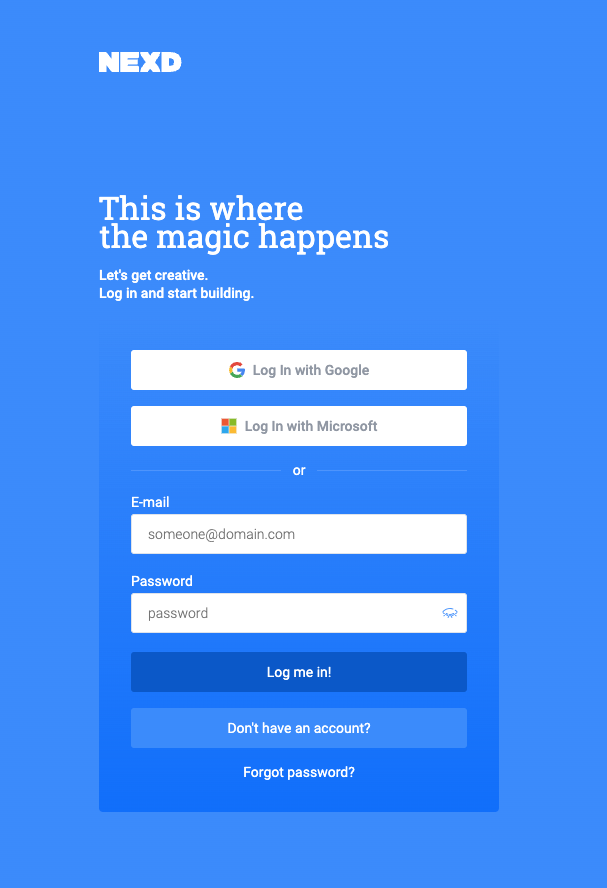Ad Fraud: A Complete Guide to Detection and Prevention
Ad fraud should keep you awake at night, because not only does it compromise the bottom line, but it is also like the stain on your brand-new sofa, which you try to ignore, but which will not go away. Where does it come from, what damage can it do, and how is the ad industry stepping up its security measures to prevent it?
Ad fraud remains a significant and evolving challenge in digital advertising, costing businesses billions of dollars annually, global losses are projected to reach $100 billion by the end of 2024.
This comprehensive guide aims to provide a thorough understanding of ad fraud, its types, implications, and the latest trends in 2024.
What is Ad Fraud?
Ad fraud refers to deceptive practices that manipulate ad metrics to steal advertising budgets. This typically involves generating fake impressions, clicks, fraudulent placements or fake apps and fake publishers. The impacts of ad fraud include:
- Increased Costs: Higher cost-per-click (CPC) and cost-per-acquisition (CPA).
- Distorted Analytics: Misleading data that interferes with decision-making.
- Brand Safety Risks: Ads appearing on fraudulent or inappropriate sites.
- Compliance Issues: Risk of account suspensions due to policy violations.
Rates Around the World
Ad fraud rates vary globally, with some regions experiencing higher levels of fraudulent activity. For example, a significant percentage of ad fraud occurs in emerging markets where digital infrastructure and regulatory frameworks may not be as robust. Conversely, more developed markets have higher ad spend and more sophisticated fraud detection measures.
Geographical areas most affected by ad fraud typically include regions with high digital ad spend and those with less robust regulatory frameworks. Based on various sources, the following areas in that order, are losing most to ad fraud:
- North America: As one of the largest digital advertising markets, North America faces significant losses due to ad fraud. The high volume of ad spend attracts fraudsters looking to exploit this lucrative market.
- Asia-Pacific (APAC): This region experiences substantial ad fraud, particularly in emerging markets with rapidly growing digital ecosystems. The APAC region’s diverse and fragmented digital landscape makes it a prime target for fraud.
- Europe: Similar to North America, Europe has a large digital advertising market and therefore experiences high levels of ad fraud. Certain countries within Europe, such as the UK and Germany, report higher incidences due to their significant ad spend.
- Latin America: Ad fraud is also prevalent in Latin America, where growing internet penetration and digital ad spend create opportunities for fraudsters. Regulatory measures may not be as stringent, contributing to higher fraud rates.
- Middle East and Africa (MEA): While this region has lower overall digital ad spend compared to others, it still faces notable levels of ad fraud. The expanding digital landscape and less mature regulatory environments contribute to the risk.

Types of Ad Fraud
Ad fraud has grown more sophisticated over time. Here are some common types:
- Click Fraud
- Domain Spoofing
- SDK Spoofing
- Ad Injection
- Ad Stacking
- Pixel Stuffing
- Geo Masking
- Botnets and Bot Farms
Click Fraud
Click fraud occurs when automated bots or individuals repeatedly click on ads with no intention of engaging with the content. This increases the advertiser’s costs without providing any real value. Learn more about Click Fraud.
NEXD detects fraudulent clicks by identifying user behaviour and movement patterns: Faster load times help identify patterns indicative of bot traffic or click farms.
Domain Spoofing
Fraudsters disguise low-quality or non-existent websites as premium publishers. This misleads advertisers into paying higher rates for inferior placements.
SDK Spoofing
In SDK spoofing, fraudsters manipulate the software development kit (SDK) in mobile apps to generate fake ad engagements, such as clicks or installs.
Ad Injection
This technique involves inserting ads into web pages without the publisher’s consent, often through malware, leading to fraudulent impressions and clicks.
Ad Stacking
Multiple ads are stacked on top of each other in a single ad placement. Only the top ad is visible, but all are reported as viewed, resulting in false impression counts.
- Reduced by 90-95%: Nexd’s 5-pixel viewability measurement makes it difficult for stacked ads to be counted as viewed.
Pixel Stuffing
Tiny, often invisible ads (1×1 pixels) are placed on web pages, generating impressions that are counted but never seen by users.
- 5-pixel Viewability Measurement: Nexd’s precise measurement method ensures that ads are counted as viewed only when all five key pixels (four corners and the center) are visible, reducing the risk of fraud.
Geo Masking
Fraudsters disguise the geographical location of traffic, making it appear as if it comes from a desired region, while it actually originates elsewhere.
Botnets and Bot Farms
Botnets: Networks of infected devices generating fake traffic.
Bot Farms: Data centers with devices programmed to mimic real user behavior. These can execute complex interactions like filling out forms and scrolling through pages, making detection challenging.
FAQ on how Nexd’s technology helps with ad fraud here.
Examples of Ad Fraud Cases
Listed are companies and how fraudsters have manipulated digital advertising systems to their advantage in the past.
- We Purchase Apps: Fraudsters bought popular apps to exploit user behavior through bots.
- HummingBad: Malware created by Yingmob in China that infected millions of Android devices.
- Chamois: Google-discovered malware causing ad fraud through hidden app installs.
- Coinminer: Malvertising that used infected computers for Bitcoin mining.
- Thai WeChat Click Farm: Click farm operation boosting engagement on WeChat.
- Zirconium: A sophisticated malvertising network using false redirects.
How Do Bots Drive Ad Fraud?
Bots play an important role in driving ad fraud. These automated programs can mimic human behavior, generating fake impressions, clicks, and interactions. Advanced bots are sophisticated enough to bypass basic detection methods, making it difficult for advertisers to discern genuine user engagement from fraudulent activity.
Threats in 2024 and beyond
Ad fraud tactics are constantly evolving, with several new trends emerging in 2024:
- AI-Powered Fraud
- AI tools are used to create realistic fake content, clicks, and interactions. Fraudsters leverage AI to automate and scale their activities, making detection increasingly difficult.
- CTV and OTT Fraud
- With the rise of Connected TV (CTV) and over-the-top (OTT) streaming, ad fraud has expanded into these areas, which often lack robust fraud prevention mechanisms.
- Deepfakes
- Realistic AI-generated video and audio can be used to create misleading influencer ads or impersonate real people.
- Fraud-as-a-Service
- The underground market offers subscription-based access to sophisticated fraud tools, lowering the barrier to entry for committing ad fraud.
- Regulatory Changes
- New regulations, such as the FCC’s closure of the lead generation loophole, require companies to adapt their compliance strategies to avoid penalties.
How Does Ad Fraud Affect Publishers?
For publishers, ad fraud distorts performance metrics, leading to misinformed decisions and potential revenue loss. It can also damage reputations and result in lower trust from advertisers, making it harder to attract and retain high-quality ad placements.
How Does Ad Fraud Affect Advertisers?
Advertisers suffer from inflated costs, wasted budgets, and skewed analytics. Fraudulent activity undermines the effectiveness of campaigns, leading to poor ROI and strategic missteps. The presence of ad fraud can also affect long-term planning and resource allocation, as unreliable data makes it challenging to forecast and optimize future campaign.
Financial Loss Numbers
Back in 2015 AdAge reported that every $1 out of $3 spent is thought to be lost to ad fraud which is over 30%. The newer statistics from 2022 about growing ad spending can help us speculate that this number is now closer to 20%.
This speculation is based on Statista statistics that forecast programmatic advertising costs to climb to $500 billion dollars and $100 billion of that will be lost due to ad fraud. Although percentage-wise that is an improvement, there is still major losses to consider.

Get Started
Sign up to Nexd Campaign Manager for a free 14-day trial and start creating environment-friendly and highly engaging programmatic creatives!
How to Prevent Ad Fraud?
Preventing ad fraud requires a multi-faceted approach:
– Maintain an Ads.txt File
Ensure your ads.txt file is updated and accurate to prevent unauthorized sales of your ad inventory. This file allows publishers to declare who is authorized to sell their inventory, helping to reduce domain spoofing and other types of ad fraud.
– Set Up IP Blacklists
Block IP addresses known for fraudulent activity to reduce bot traffic. Regularly updating these blacklists can help keep up with the changing tactics of fraudsters.
– Look Out for Copyright Theft
Monitor for unauthorized use of your content to prevent domain spoofing. Fraudsters often use copyrighted material to make their fraudulent sites appear legitimate.
– Set Up Custom Alerts
Create alerts for unusual spikes in traffic or conversions that may indicate fraud. These alerts can help detect and respond to fraudulent activity more quickly.
– Question Your Metrics
Regularly review and question your performance metrics to identify anomalies. Understanding the typical patterns and behaviors of your genuine traffic can help spot deviations that may be caused by fraud.
– Question Anomalies
Investigate any irregularities in your data that could suggest fraudulent activity. Sudden, unexplained changes in metrics should be a red flag for further investigation.
– Ask Your Users for Feedback
User feedback can help identify suspicious ads or interactions. Encourage users to report any ads that seem inappropriate or misleading.
– Work With a Trusted Vendor
Partner with a reputable ad fraud detection and prevention service. These vendors have the tools and expertise to help identify and block fraudulent activity.
– Check Third-Party Plug-Ins and Scripts
Ensure third-party components on your site are secure and not facilitating fraud. Regular audits of these elements can help prevent them from being exploited by fraudsters.
– Inform Your Legal Team
Keep your legal team informed of potential ad fraud issues to ensure compliance and readiness to address fraud-related disputes. Legal experts can help navigate the complexities of ad fraud and take appropriate action when necessary.
– Learn More About Ad Fraud
Stay informed about the latest ad fraud trends and prevention strategies. Regularly educate your team and update your tactics to stay ahead of fraudsters. Learn more about Ad Fraud.
Reducing Ad Fraud Through Ad Tech
Using the latest ad technology, created by NEXD using WebGL, you can make sure your campaign gets through to the right people, because we know how to proof against ad fraud. Our simple templates protect advertisers from fraud, while also ensuring your company’s image is better than ever, thanks to quick-loading, crisp, easy-on-the-eye WebGL.
You can track your progress using our Campaign Manager self-service platform, meaning that every time there is a change in the ad’s performance, you’ll see it. Advertising is a fast-changing industry, and technology from NEXD will protect your revenue and keep your ad engagement high.
Final Thoughts
Ad fraud is a pervasive and evolving threat in digital advertising. By understanding its mechanisms and adopting robust prevention strategies, businesses can protect their ad investments and maintain campaign integrity. Continuous vigilance and adaptation to new fraud methods are crucial for maintaining the effectiveness of digital advertising campaigns.
For further reading on related topics, check out these posts:
Advertising Technology: A Guide
Guide to What is Ad Serving and How it Works
Top 4 Adtech Solutions for Marketers
Mobile Ad Server: How it Works
Why Adtech Should Use Engagement Metrics to Combat Poor Visibility
By staying informed and vigilant, you can better navigate the complex landscape of digital advertising and mitigate the risks associated with ad fraud.

Get Started
Sign up to Nexd Campaign Manager for a free 14-day trial and start creating environment-friendly and highly engaging programmatic creatives!
